Choosing the best one-piece toilet for your bathroom can seem simple, but there are important considerations to take into account, particularly when it comes to flush mechanisms. The flush system not only affects the toilet’s efficiency and water usage but also plays a role in comfort, design, and environmental impact. One-piece toilets, with their seamless design, are popular for their sleek aesthetics, ease of cleaning, and compact profile. But should you go for a single-flush or a dual-flush model? This article covers essential points to consider when choosing between single and dual flush one-piece toilets to help you make the best choice for your needs.
What is a One-Piece Toilet?
One-piece toilets are designed with the bowl and tank fused together as a single, seamless unit. This design differs from two-piece toilets, where the tank and bowl are separate and assembled during installation. The one-piece construction is often easier to clean, as there are fewer crevices where dirt and bacteria can accumulate. Their streamlined design also typically occupies less space, making them a practical choice for smaller bathrooms. Additionally, one-piece toilets are generally more durable since they don’t have a connection between the tank and bowl that could potentially wear out over time.
Understanding Flush Systems: Single Flush vs. Dual Flush
Flush systems in toilets play a critical role in water usage, which affects both your water bill and the environment. Here’s how single-flush and dual-flush systems differ:

1. Single Flush: As the name suggests, single-flush toilets have only one flush option. Every time you press the handle or button, the toilet uses a consistent amount of water to clear waste. Traditionally, this has been the standard design for most toilets. Single-flush toilets are simple to operate, as you don’t need to decide between flush options. However, they can be less efficient because they release the same amount of water for liquid waste as for solid waste.
2. Dual Flush: Dual-flush toilets provide two flush options: a partial flush for liquid waste and a full flush for solid waste. This design allows users to conserve water when flushing liquid waste by using less water, typically around 0.8-1.1 gallons per flush (GPF), and a full flush for solid waste, using around 1.6 GPF. These two options make dual-flush toilets a water-efficient choice, particularly beneficial in regions with water restrictions or for users looking to reduce their environmental footprint.
Water Efficiency and Environmental Impact

Dual-flush toilets are generally more water-efficient than single-flush toilets due to their customizable flushing options. In a household with multiple members, a dual-flush toilet can save thousands of gallons of water annually by using a lighter flush for liquid waste. For eco-conscious homeowners or those in areas with drought concerns, dual-flush toilets offer a clear advantage.
Cost Considerations
The cost of a toilet involves both the initial purchase price and long-term water savings. Dual-flush toilets are generally more expensive than single-flush toilets due to their advanced design and internal components. The initial cost for a dual-flush toilet may be 10-20% higher than that of a comparable single-flush model. However, many homeowners find that the water savings help offset this initial expense over time.

Maintenance and Repair
Maintenance is another crucial factor to consider. Dual-flush toilets have more complex mechanisms than single-flush toilets, which can make them more susceptible to issues. Replacing parts or repairing the dual-flush mechanism can be slightly more expensive and challenging due to the specialized parts and design.
1. Single-Flush Toilets: The simpler design of single-flush toilets generally means fewer moving parts, which can translate to easier maintenance and fewer repair needs. For homeowners who prefer low-maintenance options or DIY repairs, a single-flush model may be more suitable.
2. Dual-Flush Toilets: The dual-flush mechanism can wear out faster due to frequent use, especially in larger households. While dual-flush toilets are generally reliable, they may require specialized parts, so finding a plumber or parts for repairs can occasionally be more challenging.
Aesthetic Appeal and Design Compatibility
One-piece toilets often provide a modern, sleek look that complements a variety of bathroom styles, from contemporary to minimalist. Both single and dual-flush toilets come in various designs, finishes, and shapes, making it easy to find a model that fits your aesthetic preferences.

Which One Should You Choose?
The decision between a single-flush and dual-flush one-piece toilet depends on a combination of personal preferences, environmental considerations, budget, and maintenance priorities.
1. Choose a Single-Flush Toilet: If you’re looking for a more affordable option, prefer simplicity, or are primarily concerned with low maintenance and ease of repair.
2. Choose a Dual-Flush Toilet: If water conservation is a priority, you’re comfortable with a higher initial investment, and you want to reduce your household’s environmental impact over time.
When selecting a one-piece toilet, the choice between single and dual flush isn’t simply about functionality—it’s a decision that impacts water usage, cost, and maintenance. For those who prioritize water efficiency and are willing to invest a bit more upfront, a dual-flush toilet is often the better choice. On the other hand, a single-flush toilet may be more suitable for homeowners looking for a straightforward, cost-effective option with lower maintenance requirements. Consider your household’s needs, your budget, and your environmental goals to make the best choice for your bathroom.

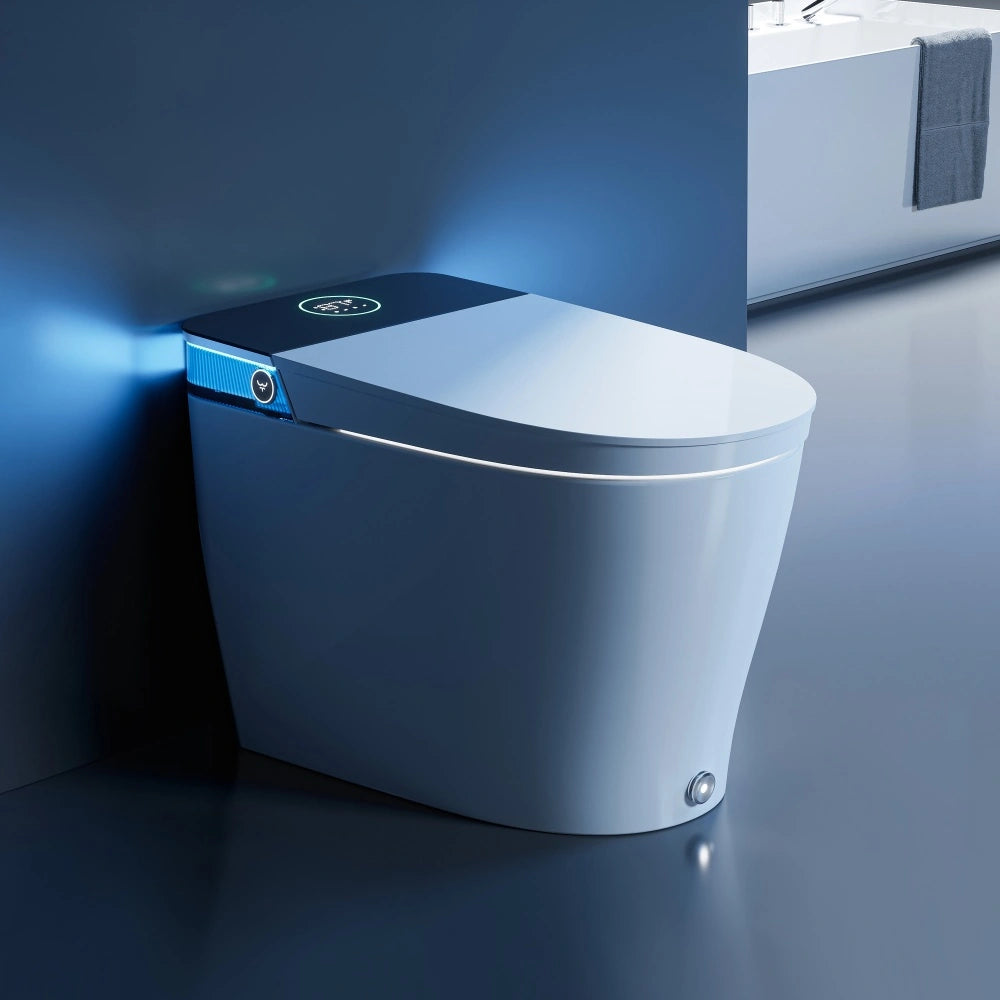
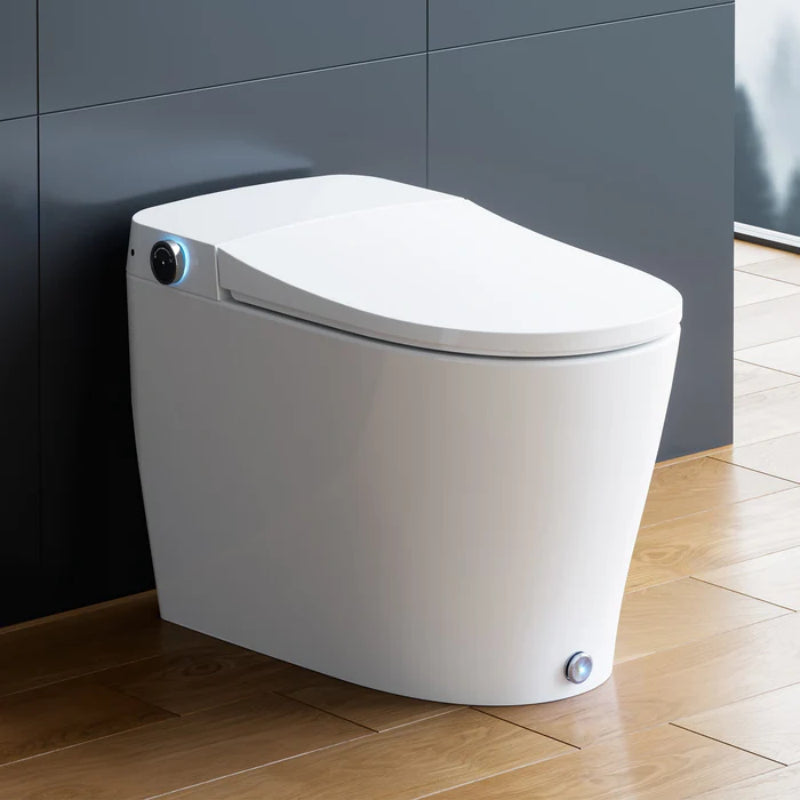
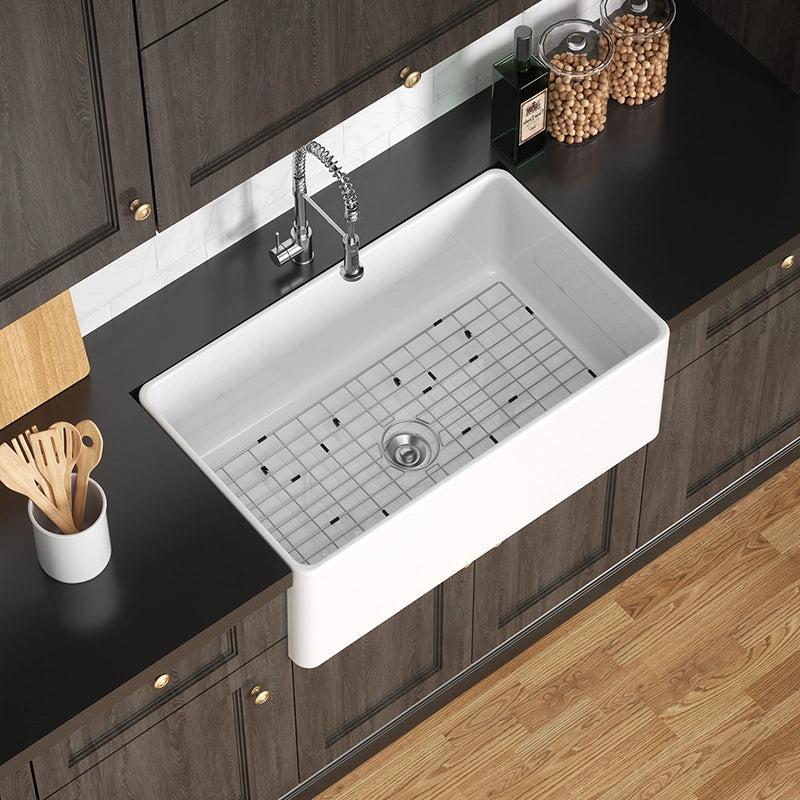
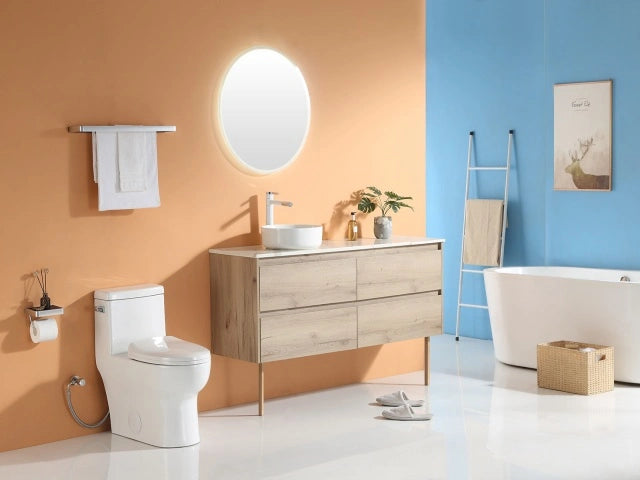
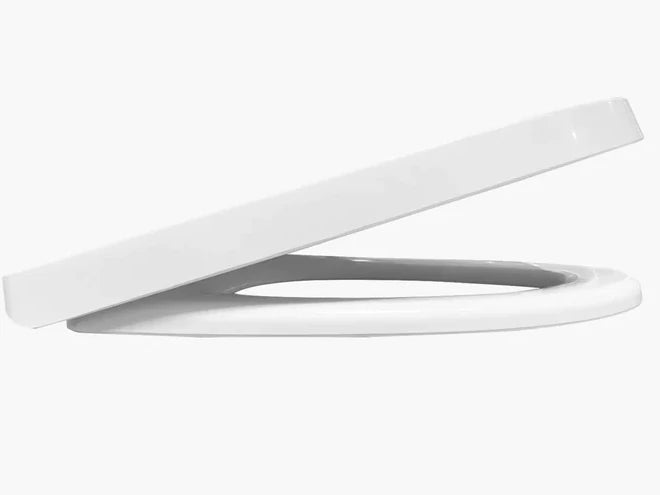
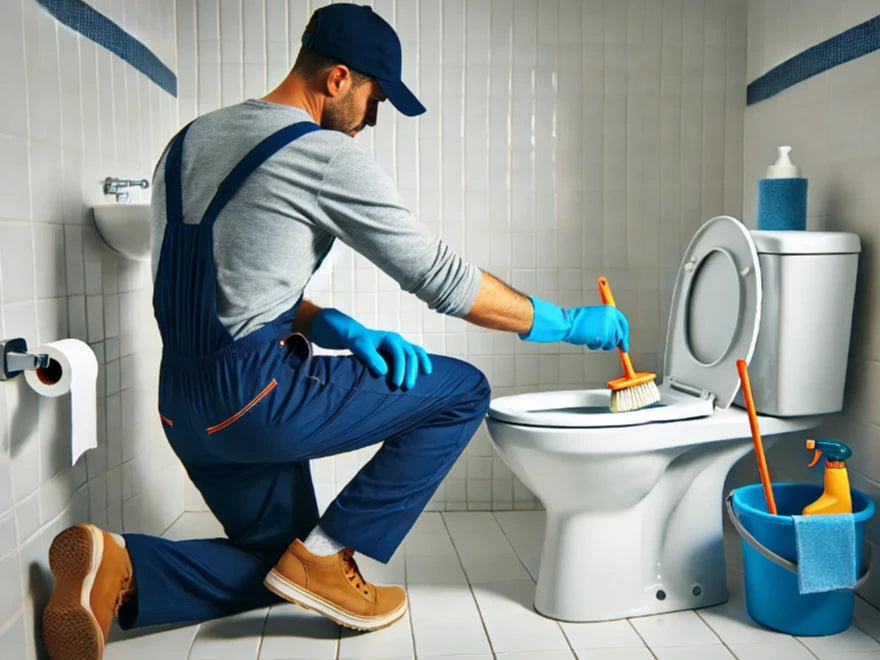

Leave a comment
This site is protected by hCaptcha and the hCaptcha Privacy Policy and Terms of Service apply.